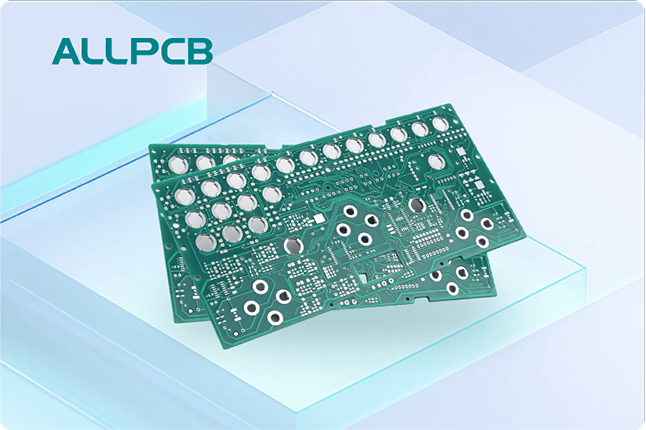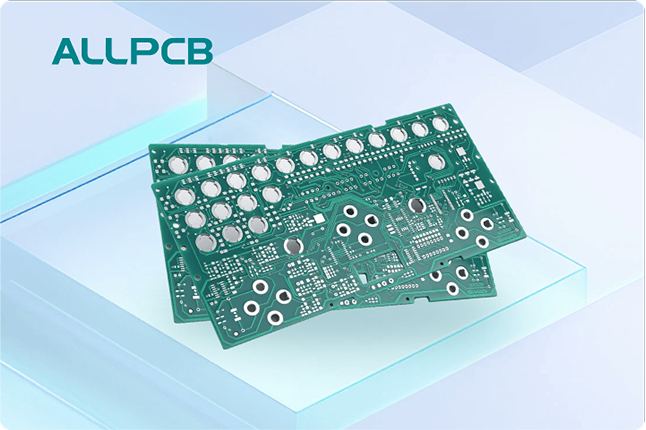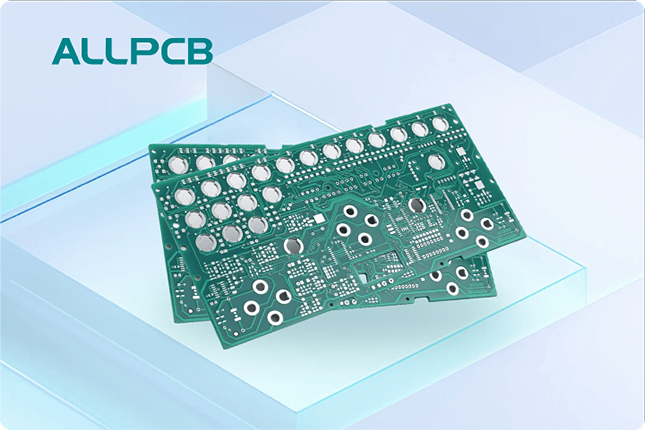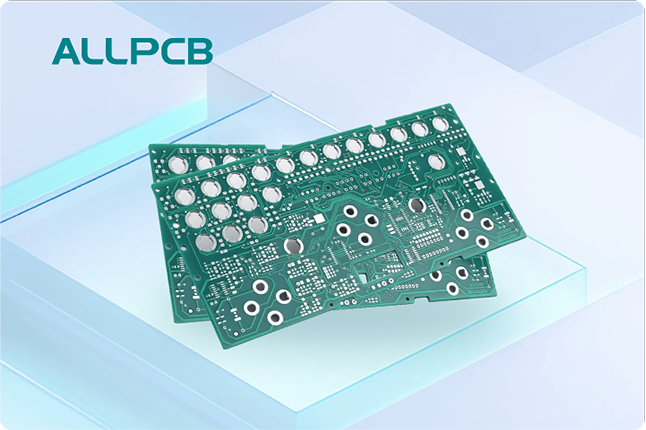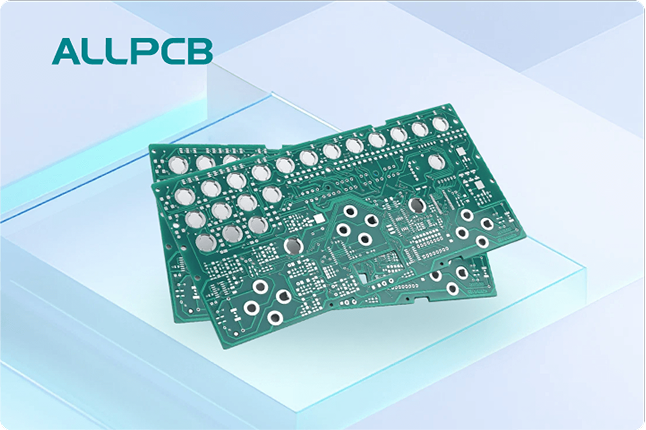In today’s world, sustainability is more important than ever. For electronics enthusiasts and engineers, finding eco-friendly ways to power printed circuit boards (PCBs) is a top priority. So, how can you power your projects sustainably? By integrating solar-powered PCBs and battery-powered PCB projects into your designs, you can create energy-efficient electronics that reduce environmental impact. In this blog, we’ll dive deep into sustainable power sources for electronics, explore low-power PCB design techniques, and provide actionable tips for making your projects greener with solar and battery options.
Why Sustainable Power Sources Matter for Electronics
The electronics industry has a significant environmental footprint, from manufacturing to energy consumption. Traditional power sources like non-rechargeable batteries or fossil fuel-based electricity contribute to waste and carbon emissions. By adopting sustainable power sources for electronics, such as solar energy and rechargeable batteries, you can minimize these impacts. Not only does this help the planet, but it also reduces long-term costs and enhances the portability of your devices.
Solar-powered PCBs and battery-powered PCB projects are at the forefront of this shift. They allow for off-grid operation, lower energy bills, and longer device lifespans. Whether you're designing IoT devices, wearable tech, or outdoor sensors, sustainable power options are a game-changer.
Understanding Solar-Powered PCBs
Solar-powered PCBs use photovoltaic (PV) cells to convert sunlight into electricity, which then powers the circuit. These setups are ideal for outdoor applications like environmental sensors, garden lights, or remote monitoring systems. With advancements in technology, solar panels have become smaller, more efficient, and affordable, making them a practical choice for many projects.
How Solar Power Works with PCBs
A typical solar-powered PCB system includes a solar panel, a charge controller, a rechargeable battery, and the PCB itself. The solar panel captures sunlight and generates direct current (DC) electricity. The charge controller regulates the voltage and current to prevent overcharging the battery. The battery stores energy for use when sunlight isn’t available, ensuring continuous operation.
For example, a small 5V solar panel with a 1W output can generate enough power to charge a 3.7V lithium-ion battery for a low-power PCB design. This setup could easily support a microcontroller running at 3.3V with a current draw of 50mA, making it suitable for lightweight IoT applications.
Benefits of Solar-Powered PCBs
- Renewable Energy: Solar power is a clean, endless resource that reduces reliance on fossil fuels.
- Cost-Effective: After the initial investment, solar energy is free, cutting down on operational costs.
- Portability: Solar-powered devices can operate in remote locations without access to the grid.
Challenges to Consider
While solar power is promising, it’s not without challenges. Solar panels require direct sunlight for optimal performance, so they may underperform in cloudy or shaded conditions. Additionally, the size of the panel must match the power needs of your PCB. For instance, a high-power application drawing 500mA at 5V would need a larger panel (around 5W) compared to a low-power sensor drawing 10mA.
Exploring Battery-Powered PCB Projects
Battery-powered PCB projects are another sustainable option, especially when paired with rechargeable batteries. These setups are versatile, reliable, and perfect for portable devices or applications where solar power isn’t feasible.
Types of Batteries for Sustainable Electronics
Choosing the right battery is crucial for energy-efficient electronics. Here are some common options:
- Lithium-Ion (Li-Ion) Batteries: These are lightweight, have high energy density, and can be recharged hundreds of times. A typical 3.7V Li-Ion battery with a 2000mAh capacity can power a low-power PCB for days.
- Lithium Polymer (LiPo) Batteries: Similar to Li-Ion but more flexible in shape, LiPo batteries are ideal for compact designs like wearables.
- Nickel-Metal Hydride (NiMH) Batteries: These are a cost-effective rechargeable option with decent capacity, though they have a lower energy density than Li-Ion.
Designing Battery-Powered PCBs
When designing a battery-powered PCB, efficiency is key. Use a voltage regulator to ensure a stable supply, as batteries can fluctuate in voltage as they discharge. For instance, a buck converter can step down a 3.7V Li-Ion battery to a steady 3.3V for a microcontroller, maximizing runtime. Additionally, include a battery management system (BMS) to monitor charge levels and prevent over-discharge, which can damage the battery.
A practical example is a portable temperature sensor. Using a 3.7V 1000mAh Li-Ion battery, a low-power microcontroller (consuming 5mA in active mode and 1μA in sleep mode), and a sensor, the device could operate for over a week on a single charge by optimizing sleep cycles.
Combining Solar and Battery Power for Maximum Efficiency
For the best results, why not combine solar and battery power? This hybrid approach ensures your PCB has a reliable power source even when sunlight is limited. During the day, the solar panel powers the circuit and charges the battery. At night or in low-light conditions, the battery takes over, providing uninterrupted operation.
Designing a Hybrid Power System
To create a hybrid system, you’ll need a solar panel, a rechargeable battery, a charge controller, and a power management circuit on your PCB. The charge controller prevents overcharging, while the power management circuit switches between solar and battery power as needed. For example, a 5V solar panel paired with a 3.7V 2000mAh Li-Ion battery can support a device drawing 100mA continuously, with the battery acting as a backup for up to 20 hours.
This setup is ideal for outdoor IoT devices like weather stations, where consistent power is critical. By balancing solar input and battery storage, you achieve a sustainable, low-maintenance solution.
Low-Power PCB Design Tips for Energy Efficiency
Regardless of whether you use solar or battery power, low-power PCB design is essential for sustainability. Reducing energy consumption extends the life of your power source and minimizes environmental impact. Here are some actionable tips for energy-efficient electronics:
1. Choose Low-Power Components
Select microcontrollers and sensors with low power consumption. For instance, many modern microcontrollers offer sleep modes that reduce current draw to microamps (e.g., 1μA) when idle. Look for components with operating voltages of 3.3V or lower, as they consume less power than 5V alternatives.
2. Optimize Firmware for Power Savings
Program your microcontroller to enter sleep or deep sleep modes when not in use. For example, a sensor that only needs to take readings every 10 minutes can stay in sleep mode for most of the time, cutting power usage by up to 90%.
3. Minimize Leakage Currents
Leakage currents in resistors or capacitors can drain power unnecessarily. Use high-value resistors in pull-up or pull-down configurations to reduce current flow. For instance, a 100kΩ resistor will draw far less current (0.033mA at 3.3V) than a 1kΩ resistor (3.3mA at 3.3V).
4. Use Efficient Voltage Regulators
Switching regulators, like buck or boost converters, are more efficient than linear regulators, especially in battery-powered designs. A switching regulator can achieve up to 90% efficiency, compared to 50% or less for a linear regulator, saving significant energy.
Applications of Sustainable Power in Electronics
Sustainable power sources for electronics open up a wide range of applications. Here are a few examples where solar-powered PCBs and battery-powered projects shine:
- IoT Devices: Remote sensors for agriculture or environmental monitoring can run indefinitely with solar and battery power.
- Wearable Tech: Smartwatches or fitness trackers benefit from compact, rechargeable batteries for portability.
- Outdoor Lighting: Solar-powered garden or street lights use PCBs to control brightness and timing, saving energy.
Future Trends in Sustainable Electronics Power
The future of sustainable power in electronics is bright. Innovations like flexible solar panels, energy-harvesting chips, and solid-state batteries are making it easier to integrate green power into PCBs. Energy harvesting, for instance, allows devices to capture ambient energy from vibrations or heat, further reducing reliance on external power sources. As these technologies evolve, we can expect even smaller, more efficient solutions for energy-efficient electronics.
Conclusion: Building a Greener Future with Sustainable PCBs
Powering your projects sustainably is not just a trend—it’s a responsibility. By embracing solar-powered PCBs, battery-powered PCB projects, and low-power PCB design, you can create energy-efficient electronics that benefit both your work and the environment. Start small by integrating a solar panel or rechargeable battery into your next project, and use the design tips provided to optimize efficiency. Together, we can build a future where electronics and sustainability go hand in hand.
At ALLPCB, we’re committed to supporting your journey toward greener electronics with high-quality PCB manufacturing and assembly services. Let’s power innovation sustainably, one project at a time.
 ALLPCB
ALLPCB


